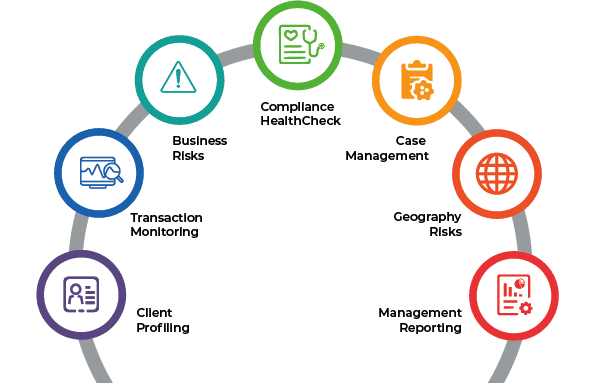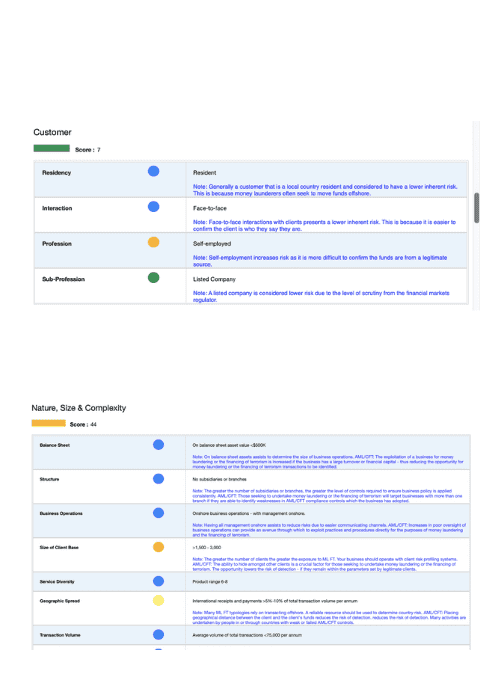Flexibility
A business should be able to readily develop a transaction rule. If systems require the inclusion of IT personnel, this may delay the implementation of the rule. Allowing an Anti-Money Laundering Compliance Officer to work independently from IT involvement will ensure a transaction solution remains up-to-date.
Rule thresholds need ongoing evaluation to ensure they reflect the current economic environment. Changes may be required as a consequence of receiving updates from AML Supervisors.




